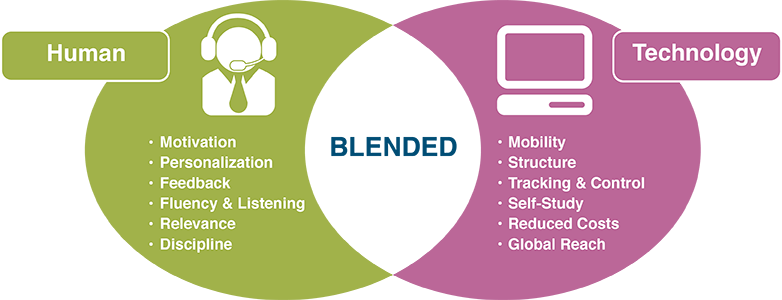Blended learning combines online learning methods with a teacher-guided learning environment. This method has proved to be very successful for K-12 (primary and secondary school) students. A recent study of 25,000 students in 147 US schools found an eight percentile improvement in learning outcomes in Math of students who used blended learning compared to traditional methods (RAND Corporation Research Brief, 2013). In other words, blended learning can take a failing student to the level of an average student or an average student to a good student. Similarly, the Silicon Valley-based Christensen Institute for Disruptive Innovation recently cited results from a different set of US schools: “In the 2013-14 school year, across nine districts and over 5,000 students, the students in blended-learning classrooms outperformed those in the non-blended classrooms.” Rapid adoption of blended learning is underway, such that “by the end of the decade, most U.S. schools will fully incorporate instructional technology into their structures and schedules,” according to the US-based Foundation for Excellence in Education.

